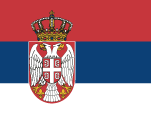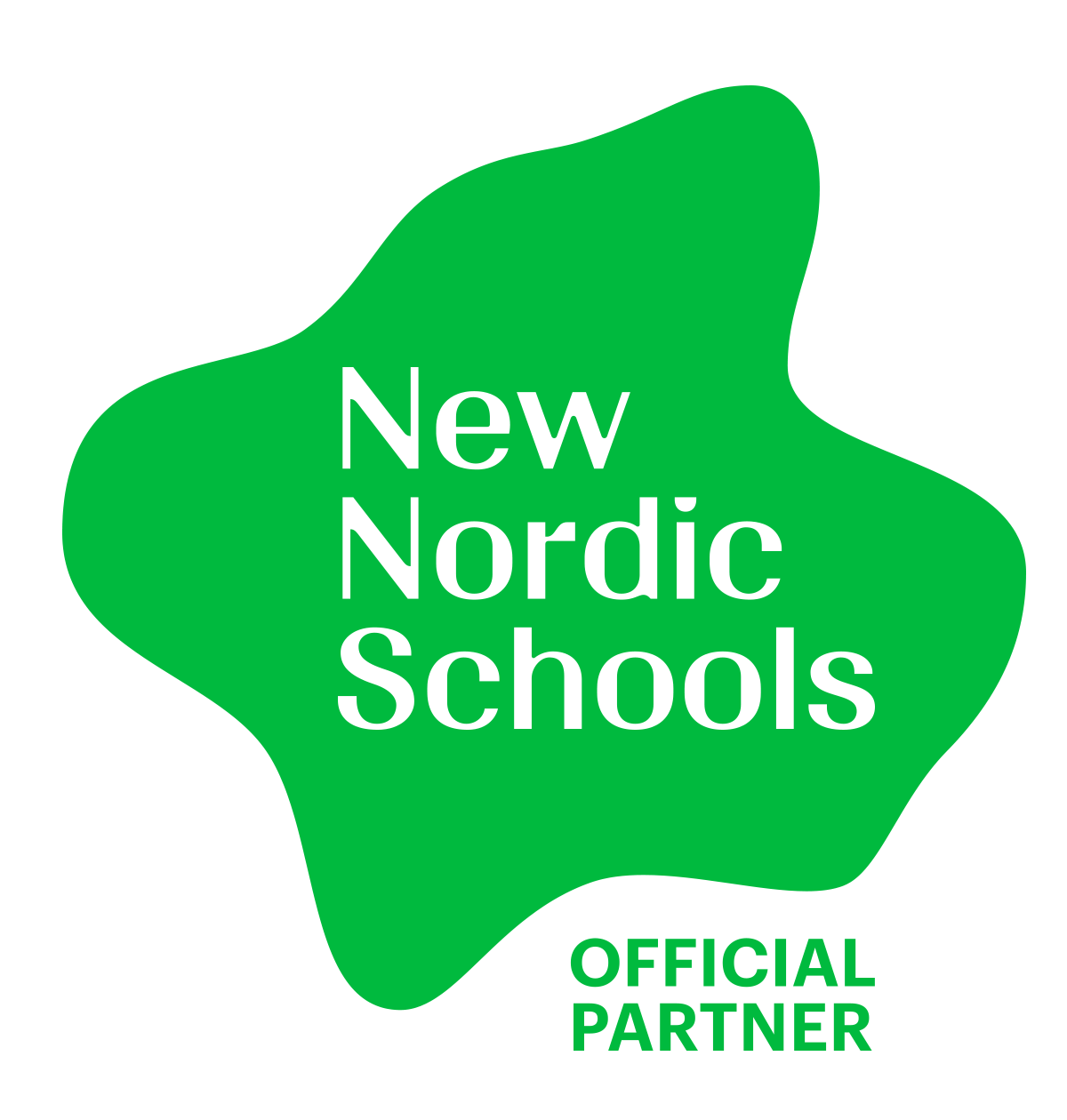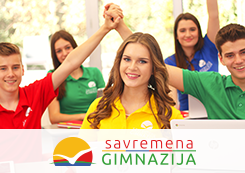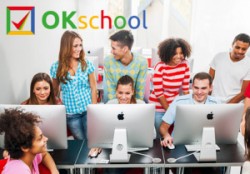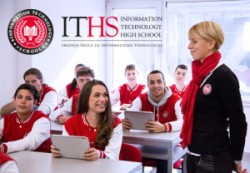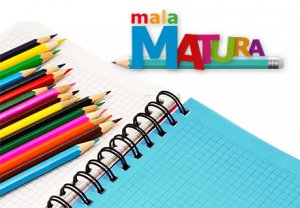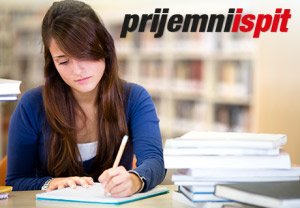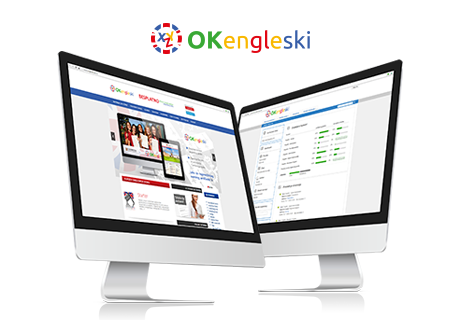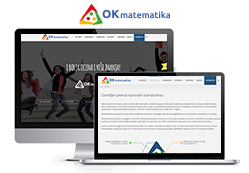
Primary School Savremena’s principal writes innovative grammar textbook for 3rd grade
Sasa Zdravkovic / / Blog, I-IV, Kombinovani, Nacionalni, V-VIII / February 27, 2021
Primary School Savremena’s principal writes innovative grammar textbook for 3rd grade
Jasmina Franolić, professor of Yugoslav and world literature, has published textbook “Grammar 3” with “Workbook 3”
Jasmina Franolić, the principal of Primary School Savremena, has published an extraordinary workbook that thoughtfully blends expertise and creativity – “Grammar 3”, intended for 3rd grade students, along with “Workbook 3”.
Books such as these constitute a veritable educational revolution distilled, popularizing grammar itself – in fact, making it a favorite among the young generations.
Children adopt grammar through experience, from the moment they start to learn to talk, whereas learning grammar at school helps them perceive that this competence already exists within them – it has simply not been made conscious yet.
The authors of contemporary textbooks seek the best way to introduce children to the world of numerous grammar rules: a route that would replace mere rote learning with state-of-the-art methodology solutions.

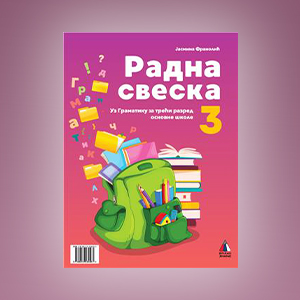
“Grammar 3” (published by Vulkan znanje) by Jasmina Franolić, the principal of Primary School Savremena, accompanied by her “Workbook 3”, both written for 3rd-grade students, is a great example of successful implementation of this approach.
Principal Franolić kindly agreed to a brief discussion about these books, and about her preferred approach to grammar and learning in general.
Before we take a peek between the covers, can you tell us how much has the approach to grammar changed in our education system over the last three decades (since you have become a part of it)? And could we even imagine this type of book, based on the students’ own experience, thirty years ago?
There have always been good textbooks, and the persons using them have always been more important to their success than the books themselves. The teachers can motivate children only as much as they themselves are motivated. This textbook is based on the experience of both teachers and children, and strives to meet their needs. This is what makes it modern, not its form.
What sparked your initial motivation to write this textbook, i.e., what was your goal?
My goal was to write a book that will be traditional in a modern way. I wanted this book to be useful to both teachers and children, and I believe that I have succeeded. My direct motivation was another textbook, a quaint avant-garde one, which I didn’t think was quite understood and accepted by the children. At that point I felt a desire to write a book that would be easy to understand, pleasant to read, endearing… A book that will make our grammar clear and loved…
The book was constructed in accordance with the ERR learning model, which implies: evocation, realization of meaning and reflection. Could you please say a few words about this particular approach?
This model includes recalling what was learned earlier before starting a new lesson – introducing students to new things through something familiar; defining the rules using this familiar model, and reflecting on what has been learned, i.e. exercises. These exercises are where the full potential of “Workbook 3” is realized, although the textbook itself contains plenty of quality exercises.
The book even has a curator of sorts – the charming tablet TOŠA, an allusion to a book of the future, whose name is an acronym for Serbian words for “your favorite school adventure”.
Toša is a children’s tablet that introduces itself as the captain on this journey, with children as its main aides on the journey. Addressing each student directly, calling for cooperation and taking a journey together – all this makes this textbook interactive throughout. I have decided upon the acronym for “your favorite school adventure” because I would like to inspire 3rd-graders to grow fond of the grammar of their language at this early age, so that it never becomes a burden in the further course of their education.
What specific, creative tasks await in “Grammar 3”? How does “Workbook 3” complement them?
“Workbook 3” is an accompaniment intended for exercises and the practical application of the acquired knowledge. It contains various types of tasks organized by their complexity, so the students can also do them in additional or remedial lessons and as homework. It contains riddles, crossword puzzles…
How does your textbook invite the teachers – whose teaching utilizes tablets more and more often these days (whereas at Savremena, the tablet has been fully integrated since the beginning) – to teach grammar in a different, more creative way?
TOŠA the tablet is a device that symbolically invites students to adopt certain knowledge. I believe that the children will find the device interesting and intuitive, as its display contains a drop-down menu with categories and subcategories that have been covered or are yet to be covered. It is also an invitation to the teachers to be creative with the use of modern technology. We can invite students to draw their own TOŠA on their own tablets and write important points from the lesson on its display. It can be a good way to get them to facilitate their learning.
Perhaps grammar – especially in the memories of the older generations – has not necessarily been a favorite. This might be the result of the fact that it contains a multitude of rules that used to be presented in an excessively traditional way. How important are textbooks of this kind for the subject where grammar is studied, as they can cast an entirely new light on it and make it much more popular?
In my own memory, grammar is the favorite subject. 🙂 I have always wanted to know the name of some language feature I already knew how to use in my own speech without having been explicitly instructed by anyone. However, the difference between the native tongue experience then and now lies in reading: today, reading is scarce, whereas reading used to shape us and make us literate. The value of textbooks like this one is in the way they use familiar texts and situations to introduce students to the rules they are already implementing in their own daily use – and then, all that remains is to remember the names of all those features. 🙂 And of course – to practice them well. That’s where “Workbook 3” comes in.
